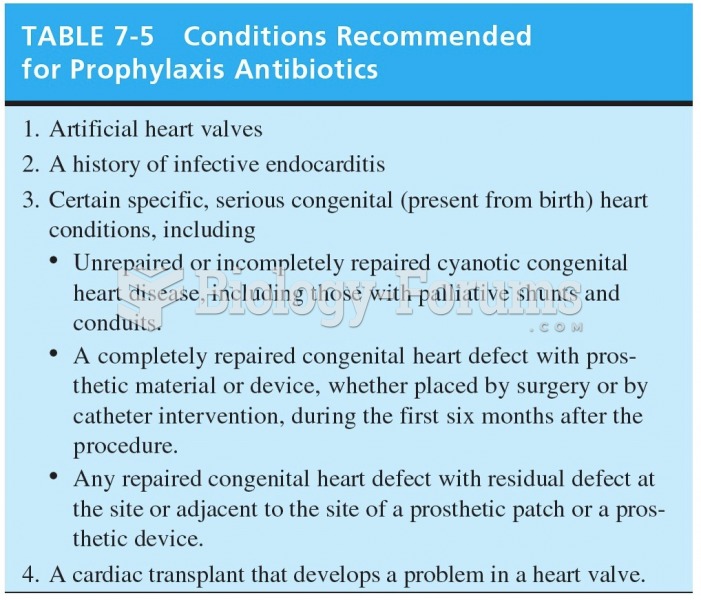Answer to Question 1
(a) Covarianceone variable has to be predictable from the other.
(b) Temporal precedencethe cause has to precede the effect.
(c)) Internal validitythe presumed cause has to be the most likely cause, with others being ruled out.
Answer to Question 2
According to the diagnostic protocols of the DSM, some behaviors that are typical of people in various groups are associated with abnormality. For instance, an individual who has never sustained a monogamous relationship for more than one year is engaging in a pattern of behavior associated with antisocial behaviors. In laboratory research, this type of behavior is considered typical of African Americans.
If a person is bothered when not the center of attention, this may reflect a histrionic personality. Such behavior is seen as typical of European Americans.
If somebody is indifferent to the praise and criticism that others make, it could reflect a schizoid personality. This behavior is seen as common to Asian Americans.
Similarly, behaviors associated with women and with men are often also associated with different psychological problems, so there may be a predisposition to diagnose women in one way and men in another on the basis of normal behavior.
These examples show how a clinician might conclude on the basis of normal behavior that the person is showing a personality disorder. The underlying problem is that DSM makes certain assumptions that are culturally based; such assumptions may be inappropriate. An added problem is that most tests have not been normed culturally.







